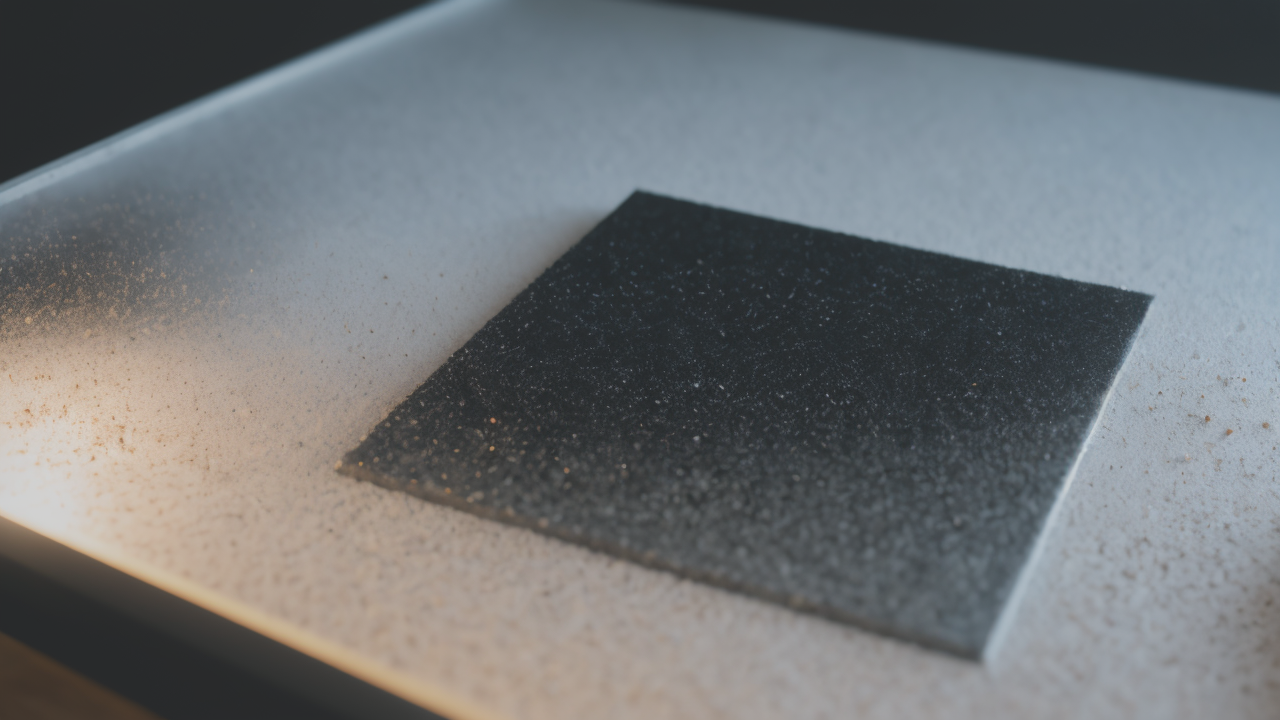
Contemporary Art Meets Wall Texturing: Creating Stunning Window Wall Decor
Understanding the Basics of Plaster Art Texturing
The Role of SG019 in Plaster Art
The SG019 is a game-changer in plaster art. It's a versatile tool that creates amazing textures. Artists use it to make unique patterns on walls and canvases. The SG019 works well with wet or dry plaster. It allows for fine details that were hard to achieve before. With this tool, you can add depth to your art. It's great for both subtle and bold designs. Beginners find it easy to use. Experts love its precision for complex work. The SG019 can mimic various textures. It's become a must-have for many plaster artists. Using it can really set your work apart.

Key Texture Tools and Their Applications
Plaster art requires various tools. Each one creates different effects. Here are some essential tools:
- Trowels: For spreading plaster smoothly
- Combs: Make lines and patterns
- Sponges: Create soft, natural textures
- Stamps: For repeating designs quickly
- Brushes: Add sweeping textures
The SG019 stands out for its versatility. It can do jobs of multiple tools. Mixing tools can lead to unique textures. Try different tools to find your style. Keep your tools clean for best results. Some artists make their own custom tools. The right tool can greatly change your art's look. Practice with each tool to improve your skills. Don't be afraid to experiment with new tools. Good tools make the work easier and more fun.
Getting Started with Your First Plaster Project
Starting a plaster project is exciting. First, gather all your supplies. You'll need plaster, water, a mixing bowl, and tools. Choose a simple design to start. Mix the plaster as directed on the package. Apply it evenly to your surface. While it's wet, use the SG019 to make textures. Start gently and try different motions. Experiment with pressure to vary the effect. Let the plaster dry fully before painting. Don't worry if it's not perfect at first. Practice will make you better. Clean your tools well after use. Watch tutorials for more tips. Consider taking a class to learn more. Remember, every artist starts somewhere.
Advanced Techniques Using SG019
Incorporating SG019 into Professional Artwork
Professional artists can do amazing things with the SG019. Use it to create your signature style. Try layering techniques for more depth. Combine the SG019 with other tools for unique effects. Use it for fine details in larger pieces. Make both geometric and organic patterns. Try negative space techniques with it. Change your pressure to vary texture intensity. Use it for intricate work in small areas. Create raised areas for 3D effects. Push the limits of what the tool can do. Experiment with different plaster types. Use it on both walls and canvas. Try texturing colored plaster for vibrant effects. The SG019 can help you stand out in the art world.

Innovative Approaches to Texture Painting
Texture painting with SG019 opens up new possibilities. Try adding color to your plaster for built-in hues. Mix in sand or glitter for sparkle and grit. Use the SG019 to make a textured base, then paint over it. Create abstract designs just with texture. Add texture to specific parts of a painting. Layer different textures for complex effects. Use metallic paint to highlight textures. Make patterns that tell a story. Guide the viewer's eye with texture. Combine smooth and rough areas for contrast. Try using texture to represent different materials. Experiment with how light plays on textured surfaces. Don't be afraid to mix traditional painting with textures. Let texture inspire your color choices.
Troubleshooting Common Issues in Plaster Art
Even pros face challenges in plaster art. Here are some common problems and fixes:
- Cracks: Mix plaster well and let it dry slowly
- Uneven textures: Use consistent pressure with SG019
- Fast-setting plaster: Work in small batches
- Visible tool marks: Clean SG019 often while working
- Air bubbles: Gently tap the surface after applying plaster
If textures look too harsh, smooth them with a damp sponge. For too-smooth areas, add a thin layer and re-texture. Keep extra plaster ready for touchups. Some "flaws" can add character to your work. Practice on small pieces to improve. Ask other artists for advice when stuck. Learn to work with, not against, the plaster's properties. Be patient - some techniques take time to master. Keep notes on what works and what doesn't. Remember, every mistake is a chance to learn.
Growing Your Plaster Art Business in the United States
Marketing Strategies for Plaster Artists
Good marketing is key for plaster artists. Start with a strong online presence. Build a website to show off your best work. Use social media to share your process and art. Start a blog or YouTube channel about plaster art. Join local art fairs and exhibitions. Offer workshops to teach your skills. Work with interior designers and architects. Tell your unique story in your marketing. Use email to stay in touch with clients. Word-of-mouth is powerful, so do great work. Offer special editions to create buzz. Make business cards with texture samples. Create a portfolio book of your projects. Use local press to share your story. Collaborate with other artists for more reach.

Networking and Connecting with the Art Community
Building connections helps plaster artists succeed. Join local art groups and guilds. Go to gallery openings and art events often. Try artist residencies to meet new people. Work with other artists on projects. Join online art forums and groups. Give talks at schools or community centers. Build good relationships with art suppliers. Mentor new artists in plaster techniques. Volunteer for art projects in your community. Remember, networking is about real relationships. Stay active in the art world. Attend art workshops to learn and meet people. Support other artists' work. Share your knowledge generously. Be open to feedback and new ideas.
Expanding Your Offerings: Tips for Diversifying Your Artistic Portfolio
Diverse offerings can attract more clients. Here are ideas to grow:
- Make custom plaster art for homes
- Sell smaller, affordable pieces
- Do public art or mural projects
- Create plaster jewelry or accessories
- Restore old plaster in buildings
- Teach online plaster art courses
- Design your own line of texture tools
- Work with furniture makers
- Lead team-building art workshops
- Make textured frames or mirrors
Keep improving your SG019 skills as you grow. Stay true to your artistic vision. Ask for feedback from clients and peers. Watch design trends for inspiration. Offer both physical art and digital designs. Focus on quality in all your work. Learn new plaster techniques regularly. Try new ideas and styles. Consider seasonal or themed collections. Partner with home decor stores. Create art for specific spaces like offices or hotels. Remember, growth comes from pushing your boundaries.


